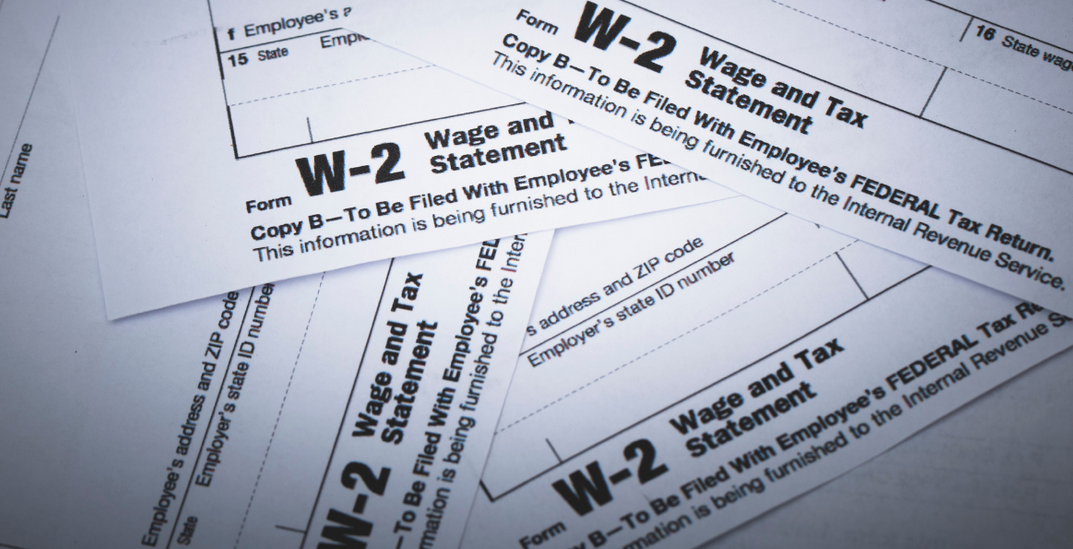*Update: Per an agreement announced June 22, 2024, Governor Newsom and other state legislators agreed to delay the minimum wage increase for health care workers again. In a press release, Newsom states, “This agreement sets the state on a path for long-term fiscal stability – addressing the current shortfall and strengthening budget resilience down the road.” If state lawmakers approve this agreement, the minimum wage increases for healthcare workers could be delayed until Oct. 15, 2024.
Last Friday, May 31, 2024, Newsom signed SB 828, which delays the minimum wage increase for California health care workers, outlined in the previous bill, SB 525, for one month.
The planned schedule of wage increases will now begin July 1, 2024, instead of June 1. The bill has an urgency clause, meaning it takes place immediately.
How and Why SB 525 plans to increase health care wages
SB 525’s minimum wage increase plans were signed in 2023 to help compete with the increasing wages of many industries in 2024, and attract more dedicated and consistent health care workers to the field post-pandemic.
SB 525 requires covered healthcare facilities to pay higher minimum wages to their employees. Once in effect, SB 525 will increase minimum wages for covered healthcare employees at different rates, starting between $18 and $23 per hour. The rate is dependent upon the facility type.
Five separate wage increase plans delineated in the bill will gradually increase minimum wages until they reach $25 per hour over several years. The longest plan aims to reach $25 per hour by 2033.
What health care employees does SB 525 apply to?

Upon reading the bill, you’ll encounter the term “covered health care employees” or “covered health care facility” to describe the health care employees subject to impending wage increases. The bill explains that a covered health care employee must meet both of the following conditions to receive the higher minimum wage:
“(i) The employee’s employer contracts with the health care facility employer, or with a contractor or subcontractor to the health care facility employer, to provide health care services, or services supporting the provision of health care.
(ii) The health care facility employer directly or indirectly, or through an agent or any other person, exercises control over the employee’s wages, hours or working conditions. However, “covered health care employee” includes all employees performing contracted or subcontracted work primarily on the premises of a health care facility to provide health care services or services supporting the provision of health care.”
Covered Health Care Facilities

The statute only applies to “covered health care facilities,” which must be one or more of the following:
(i) A facility or other work site that is part of an integrated health care delivery system.
(ii) A licensed general acute care hospital, as defined in subdivision (a) of Section 1250 of the Health and Safety Code, including a distinct part of any such hospital.
(iii) A licensed acute psychiatric hospital, as defined in subdivision (b) of Section 1250 of the Health and Safety Code, including a distinct part of any such hospital.
(iv) A special hospital, as defined in subdivision (f) of Section 1250 of the Health and Safety Code.
(v) A licensed skilled nursing facility, as defined in subdivision (c) of Section 1250 of the Health and Safety Code, if owned, operated, or controlled by a hospital or integrated health care delivery system or health care system.
(vi) A patient’s home when health care services are delivered by an entity owned or operated by a general acute care hospital or acute psychiatric hospital.
(vii) A licensed home health agency, as defined in subdivision (a) of Section 1727 of the Health and Safety Code.
(viii) A clinic, as defined in subdivision (b) of Section 1204 of the Health and Safety Code, including a specialty care clinic, or a dialysis clinic.
(ix) A psychology clinic, as defined in Section 1204.1 of the Health and Safety Code.
(x) A clinic as defined in subdivision (d), (g), or (l) of Section 1206 of the Health and Safety Code.
(xi) A licensed residential care facility for the elderly, as defined in Section 1569.2 of the Health and Safety Code, if affiliated with an acute care provider or owned, operated, or controlled by a general acute care hospital, acute psychiatric hospital, or the parent entity of a general acute care hospital or acute psychiatric hospital.
(xii) A psychiatric health facility, as defined in Section 1250.2 of the Health and Safety Code.
(xiii) A mental health rehabilitation center, as defined in Section 5675 of the Welfare and Institutions Code.
(xiv) A community clinic licensed under subdivision (a) of Section 1204 of the Health and Safety Code, an intermittent clinic exempt from licensure under subdivision (h) of Section 1206 of the Health and Safety Code, or a clinic operated by the state or any of its political subdivisions, including, but not limited to, the University of California or a city or county that is exempt from licensure under subdivision (b) of Section 1206 of the Health and Safety Code.
(xv) A rural health clinic, as defined in paragraph (1) of subdivision (l) of Section 1396d of Title 42 of the United States Code.
(xvi) An urgent care clinic.
(xvii) An ambulatory surgical center that is certified to participate in the Medicare Program under Title XVIII (42 U.S.C. Sec. 1395 et seq.) of the federal Social Security Act.
(xviii) A physician group.
(xix) A county correctional facility that provides health care services.
(xx) A county mental health facility.”
Covered Health Care Employees
The statute only applies to “covered health care employees,” which are one or more of the following:
(i) An employee of a health care facility employer who provides patient care, health care services, or services supporting the provision of health care, which includes, but is not limited to, employees performing work in the occupation of a nurse, physician, caregiver, medical resident, intern or fellow, patient care technician, janitor, housekeeping staff person, groundskeeper, guard, clerical worker, nonmanagerial administrative worker, food service worker, gift shop worker, technical and ancillary services worker, medical coding and medical billing personnel, scheduler, call center and warehouse worker, and laundry worker, regardless of formal job title.
(ii) A contracted or subcontracted employee described in subparagraph (B).
The above conditions and examples are directly from SB 525. Read the full bill for more details here.
What About Salary Health Care Workers?
Salary requirements for health care workers are based on minimum hourly requirements, so SB 525’s minimum wage increases also alters how health care workers who are paid annually are compensated. They must earn at least 150 percent of the applicable health care worker minimum wage or 200 percent of the California minimum wage, whichever is greater.
California Payroll Has Tools to Help
To aid in your company’s payroll compliance, utilize our California city & state minimum wages page and payroll calculator. Call today and discover how our HR products can assist your business in adapting to new legislation.
For more information on the delay in minimum wage health care worker increase, read the SB 828 bill here. If you need clarification on whether your facility is subject to SB 525’s wage increases for health care workers, reference the bill here and seek legal counsel to prepare for the July 1 effective date.
FAQs
When will the minimum wage increase for California health care workers begin?
The minimum wage increase for California health care workers will now begin on July 1, 2024, instead of the previously planned date of June 1.
Which health care employees are covered by SB 525's minimum wage increase?
Covered health care employees include those who provide patient care, health care services, or services supporting the provision of health care, such as nurses, physicians, caregivers, janitorial staff, clerical workers, and more.
What types of health care facilities are subject to SB 525's wage increases?
Covered health care facilities include licensed hospitals, psychiatric hospitals, skilled nursing facilities, home health agencies, clinics, residential care facilities for the elderly, ambulatory surgical centers, physician groups, and more.
How does SB 525 impact the salary of health care workers paid annually?
Health care workers paid annually must earn at least 150 percent of the applicable health care worker minimum wage or 200 percent of the California minimum wage, whichever is greater, under SB 525.






